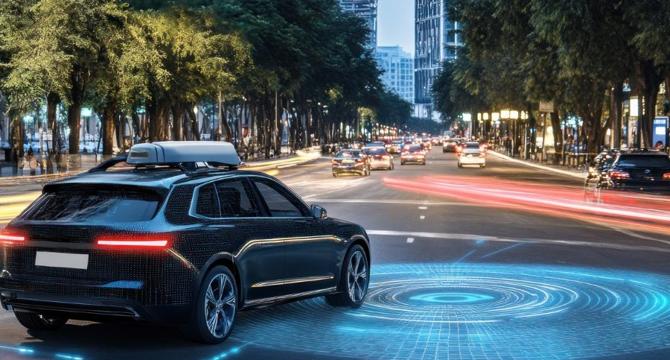Unite
1M
160

Image Credit: Unite
Choosing the Eyes of the Autonomous Vehicle: A Battle of Sensors, Strategies, and Trade-Offs
- The autonomous vehicle market is projected to exceed $2.2 trillion by 2030, raising the question of which sensors are optimal for autonomous driving: lidars, cameras, radars, or new alternatives.
- Companies like Waymo prefer redundancy, employing a variety of sensors, while Tesla opts for a cost-effective approach emphasizing cameras and software.
- The article discusses the trade-offs, technical challenges, and strategic choices in selecting sensors for autonomous vehicles.
- Challenges related to energy efficiency and computational power arise when determining the number and type of sensors to use in autonomous vehicles.
- Computational limitations lead to the need for prioritizing certain data streams over others to prevent overwhelming the system with excessive information.
- LiDAR, camera, and radar sensors each have their own strengths and weaknesses, and the ideal sensor for a specific task depends on requirements.
- Sensor fusion, combining data from multiple sensors, offers a more comprehensive view for autonomous vehicles to make accurate decisions and improve safety.
- Waymo and Tesla present contrasting approaches to sensor integration, with Waymo using a diverse array of sensors while Tesla focuses on cost minimization and reliability.
- Waymo's sensor-packed vehicles contrast with Tesla's minimalist design, with Tesla opting for camera-centric technology over the expensive lidar systems.
- While adding lidar could enhance Tesla's Full Self-Driving system, its current strategy of relying on cameras aligns with a focus on innovation, cost-efficiency, and market differentiation.
- Tactical choices in sensor selection reflect a balance between technological innovation, reliability, cost, and competitive advantage in the autonomous vehicle industry.
Read Full Article
9 Likes
For uninterrupted reading, download the app